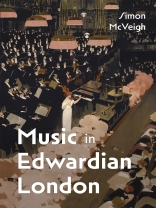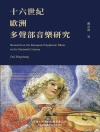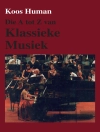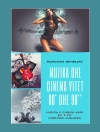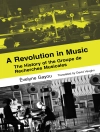Traversing London’s musical culture, this book boldly illuminates the emergence of Edwardian London as a beacon of musical innovation.
The dawning of a new century saw London emerge as a hub in a fast-developing global music industry, mirroring Britain’s pivotal position between the continent, the Americas and the British Empire. It was a period of expansion, experiment and entrepreneurial energy. Rather than conservative and inward-looking, London was invigorated by new ideas, from pioneering musical comedy and revue to the modernist departures of Debussy and Stravinsky. Meanwhile, Elgar, Holst, Vaughan Williams, and a host of ambitious younger composers sought to reposition British music in a rapidly evolving soundscape.
Music was central to society at every level. Just as opulent theatres proliferated in the West End, concert life was revitalised by new symphony orchestras, by the Queen’s Hall promenade concerts, and by Sunday concerts at the vast Albert Hall. Through innumerable band and gramophone concerts in the parks, music from Wagner to Irving Berlin became available as never before.
The book envisions a burgeoning urban culture through a series of snapshots – daily musical life in all its messy diversity. While tackling themes of cosmopolitanism and nationalism, high and low brows, centres and peripheries, it evokes contemporary voices and characterful individuals to illuminate the period. Challenging issues include the barriers faced by women and people of colour, and attitudes inhibiting the new generation of British composers – not to mention embedded imperialist ideologies reflecting London’s precarious position at the centre of Empire.
Engagingly written, Simon Mc Veigh’s groundbreaking book reveals the exhilarating transformation of music in Edwardian London, which laid the foundations for the century to come.
สารบัญ
Illustrations
Preface
1 Edwardian Soundscapes
London in the world: an international national culture
Music everywhere: expansion and social change
Challenges and debates
Looking forward
2 Mapping a Musical City: Place (and Class)
Urban landscapes
From Westminster Abbey to the West End
Concertland
Theatreland
Looking East: the City of London
Looking West: towards Knightsbridge
Off-centre: Palaces and Mohawks
En plein air
3 Mapping a Musical City: Time (and Taste)
Looking back and looking forward: the 1897-98 season
New directions: the 1902-03 season
Expansion and new horizons: the 1907-08 season
Interlude: Fry, Diaghilev, Beecham
Modernity and modernism: the 1912-13 season
4 London as Musical Hub: Europe, America, Empire
Free Trade
Two traditions
New directions in performance
An internationalistic outlook towards composers
The new Austro-German music
France
Russia
Northern Europe
USA
5 The British Question
A national musical culture
Looking towards the continent
Looking back to the future
A special case?
Conclusion: a London music?
6 Britain and ‘Others’
Song, music hall, theatre
Royal pomp and imperial celebration
Into the concert hall
Others
7 Hidden Voices
Power and money
Musical mediators
The music industry: entrepreneurs and middle(wo)men
Patrons and financers
8 From Battersea to Bermondsey: Suburban Music and Local Politics
Life in the suburbs
Music hall
Theatres and opera
Concerts and chamber music
People’s music
Municipal concerts and funding
9 London’s Music: An Overview
The status of music
An international perspective
Modern structures
Crosscurrents
Creative London and British music
Bibliography
Index
เกี่ยวกับผู้แต่ง
SIMON Mc VEIGH is Emeritus Professor of Music, Goldsmiths, University of London and a Past President of the Royal Musical Association.
